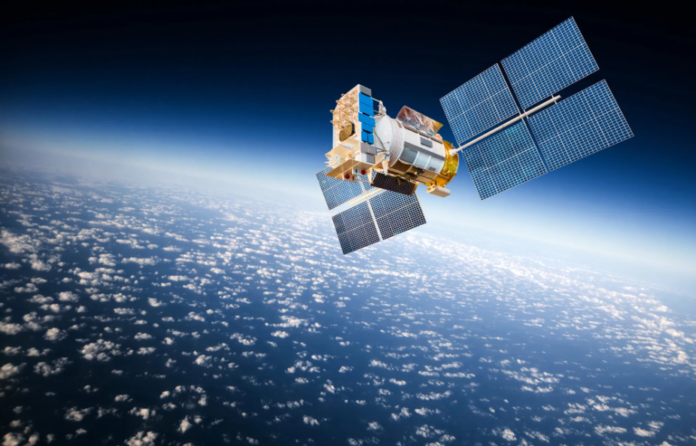In a significant stride towards ensuring the long-term sustainability of outer space activities, the Indian Space Research Organisation (ISRO) announced the successful de-orbiting of Cartosat-2, its first satellite in the second generation of high-resolution imaging satellites.
Launched 17 years ago on January 10, 2007, Cartosat-2 has been instrumental in providing high-resolution imagery for urban planning until 2019. Weighing 680 kg at launch and operating in a sun-synchronous polar orbit at an altitude of 635 km, the satellite had initially been expected to take about 30 years to naturally de-orbit.
However, ISRO decided to expedite the process in accordance with international guidelines on space debris mitigation, opting to lower its perigee using leftover fuel. This decision followed recommendations from organizations such as the United Nations Committee on the Peaceful Uses of Outer Space (UN-COPOUS) and the Inter-Agency Space Debris Coordination Committee (IADC).
The meticulously planned de-orbiting process culminated on February 14, 2024, when Cartosat-2 entered the Earth’s atmosphere at 3:48 pm IST over the Indian Ocean. ISRO confirmed that either the satellite burnt out entirely or its remnants fell into the sea, potentially beyond retrieval.
ISRO’s System for Safe and Sustainable Space Operations (IS4OM) team at ISRO Telemetry Tracking and Command Network (ISTRAC) played a pivotal role in predicting Cartosat-2’s atmospheric re-entry. Electrical passivation was completed on the same day, with tracking continuing until re-entry. The final telemetry frames confirmed successful passivation, with the satellite reaching an altitude of about 130 km.
This undertaking not only ensured the safe disposal of Cartosat-2 but also provided an opportunity to assess indigenous tracking capabilities. The multi-object tracking radar at the spaceport of Sriharikota was utilized for tracking purposes.
Analysis indicated that all major spacecraft components would demise during atmospheric re-entry, marking a successful conclusion to Cartosat-2’s mission life. ISRO heralded this achievement as a significant step towards maintaining the sustainability of outer space activities.



